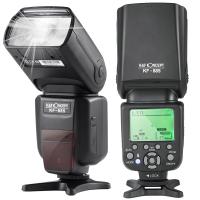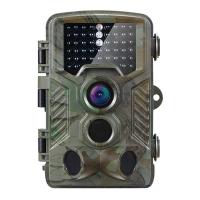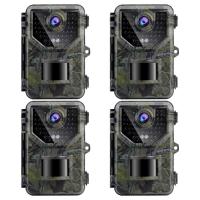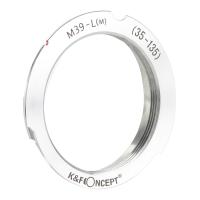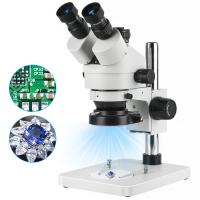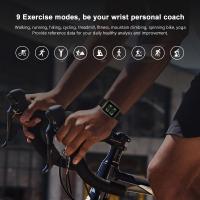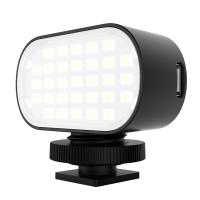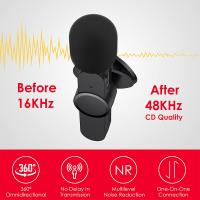Can A Camera Flash Damage Your Eyes?
The potential for camera flashes to damage eyes is a topic that has garnered significant attention, especially with the ubiquity of smartphones and digital cameras. Understanding the risks associated with camera flashes is crucial for both photographers and the general public. This article delves into the science behind camera flashes, their potential impact on eye health, and practical measures to mitigate any risks.
Understanding Camera Flashes
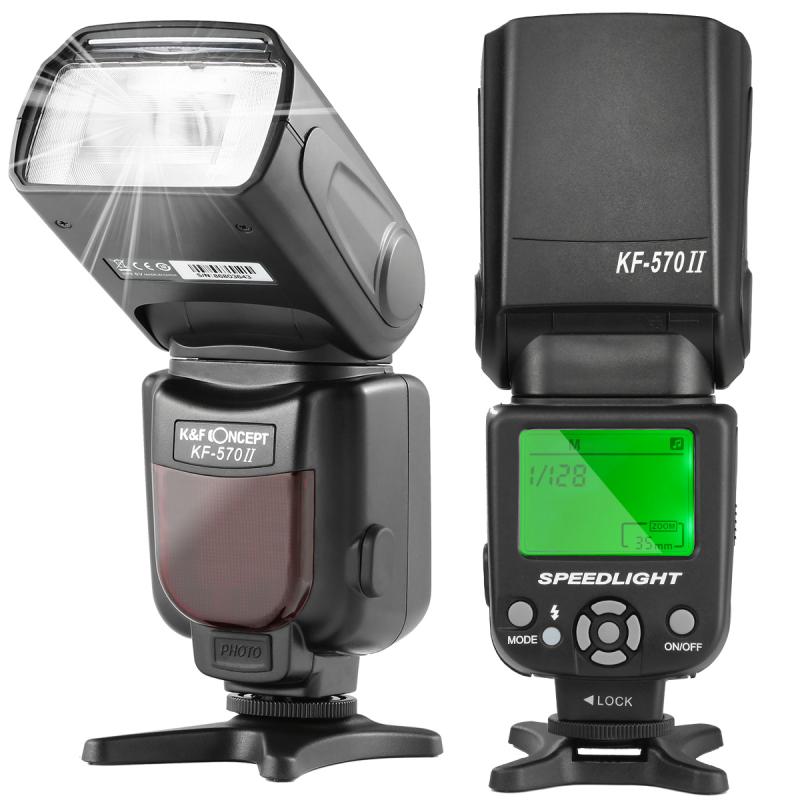
Camera flashes are designed to provide a burst of light to illuminate a scene, ensuring that photographs are well-lit even in low-light conditions. The intensity and duration of this light can vary depending on the type of flash used. Most modern cameras and smartphones use LED or xenon flashes, which emit a brief but intense burst of light.
The Science of Light and Eye Health
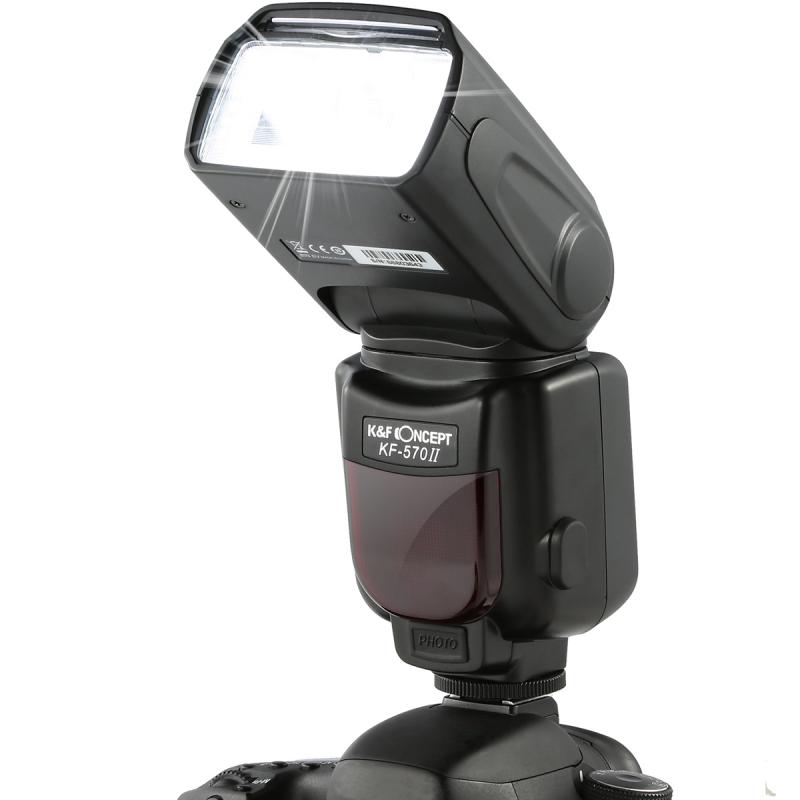
To understand whether a camera flash can damage your eyes, it's essential to grasp the basics of how light interacts with the eye. The human eye is sensitive to a range of light wavelengths, and excessive exposure to intense light can potentially cause damage. The retina, a layer of light-sensitive cells at the back of the eye, is particularly vulnerable to intense light exposure.
Types of Eye Damage from Light Exposure
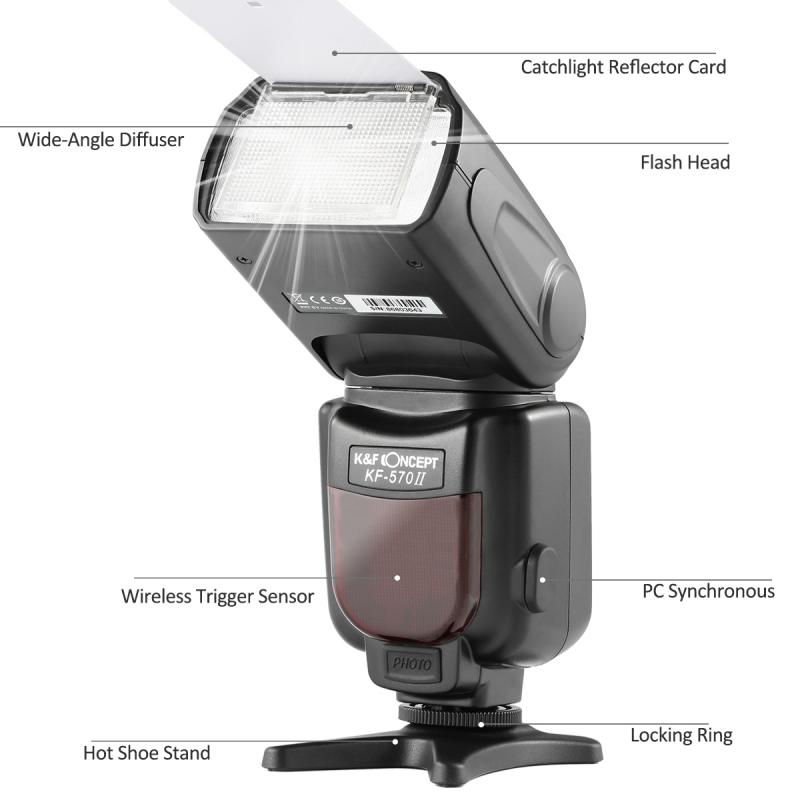
1. Photokeratitis: This is a condition similar to sunburn but affects the cornea, the clear front surface of the eye. It can occur after exposure to intense UV light, such as from welding torches or direct sunlight. However, camera flashes typically do not emit significant UV light, making photokeratitis an unlikely consequence of flash exposure.
2. Retinal Damage: Prolonged exposure to intense light can potentially damage the retina. This is more commonly associated with staring directly at the sun or other extremely bright light sources. Camera flashes, while bright, are usually not intense enough or of sufficient duration to cause retinal damage.
3. Temporary Visual Disturbances: Exposure to a camera flash can cause temporary visual disturbances, such as spots or afterimages. These effects are usually short-lived and do not result in permanent damage.
Research and Expert Opinions
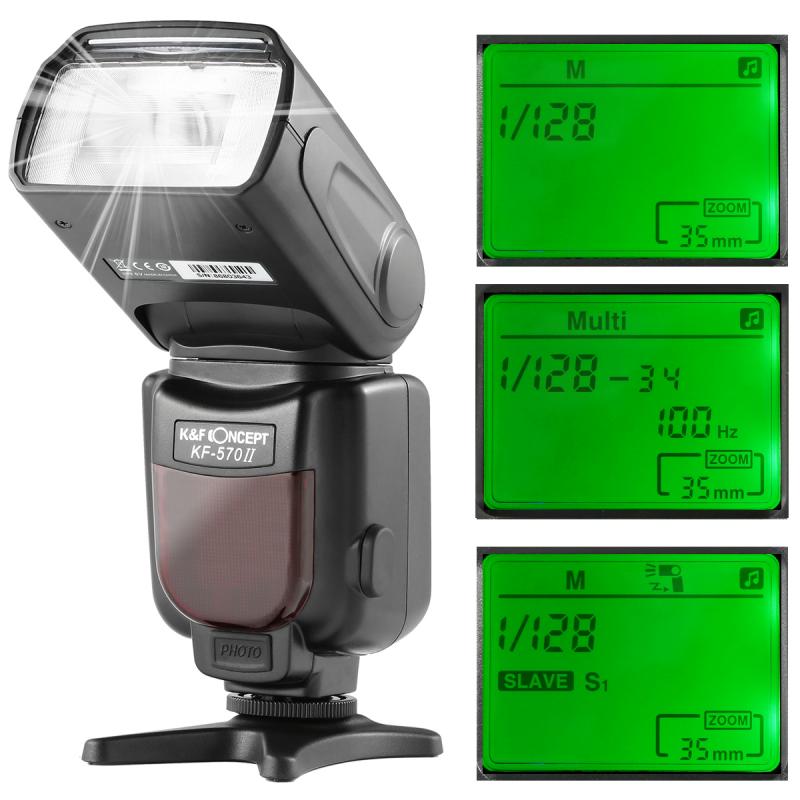
Several studies have investigated the potential for camera flashes to cause eye damage. The consensus among experts is that while camera flashes can cause temporary discomfort and visual disturbances, they are unlikely to cause permanent damage to the eyes. The duration of a camera flash is typically very brief, often less than a millisecond, which limits the potential for harm.
For instance, a study published in the "Journal of the American Medical Association" (JAMA) found that the risk of retinal damage from camera flashes is minimal. The researchers concluded that the intensity and duration of light exposure from a typical camera flash are insufficient to cause significant harm to the retina.
Special Considerations for Infants and Children
While the risk of eye damage from camera flashes is low for adults, there is some concern about the potential impact on infants and young children. Their eyes are still developing, and they may be more sensitive to intense light. Pediatric ophthalmologists generally advise against using camera flashes directly in front of infants' eyes. Instead, it is recommended to use indirect lighting or natural light when photographing young children.
Practical Measures to Mitigate Risks
Although the risk of eye damage from camera flashes is minimal, it is still wise to take precautions to ensure eye safety, especially for vulnerable populations like infants and young children. Here are some practical measures to consider:
1. Avoid Direct Flash: When taking photographs, try to avoid using the flash directly in front of the subject's eyes. Instead, use indirect lighting or bounce the flash off a wall or ceiling to diffuse the light.
2. Use Natural Light: Whenever possible, use natural light for photography. This not only reduces the need for a flash but also often results in more aesthetically pleasing photos.
3. Adjust Flash Intensity: Many cameras and smartphones allow you to adjust the intensity of the flash. Lowering the flash intensity can reduce the risk of temporary visual disturbances.
4. Limit Flash Use with Infants: Be particularly cautious when photographing infants and young children. Avoid using the flash directly in front of their eyes and opt for softer, natural lighting.
5. Educate and Inform: If you are a professional photographer, educate your clients about the potential risks and the measures you take to ensure eye safety. This can help build trust and ensure a positive experience for everyone involved.
In summary, while camera flashes can cause temporary visual disturbances, the risk of permanent eye damage is minimal. Understanding the science behind light exposure and taking practical measures to mitigate risks can help ensure that photography remains a safe and enjoyable activity. By using indirect lighting, adjusting flash intensity, and being cautious with vulnerable populations, photographers can minimize any potential risks associated with camera flashes.


